Student Voice: How ECEAP Changed My Life
By Lauryn Terry
Guest Blogger
 My name is Lauryn Terry and I am 14 years old from Olympia, WA. When I was 3, I was an ECEAP student. ECEAP, the Early Childhood Education and Assistance Program, taught me a lot of things. I remember being little and people not being able to understand me when I was talking. When I went to preschool, people there helped me to communicate better. I didn’t know it then, but I know now that they helped my mom get me the help I needed to get surgery on my ears, speech therapy, and to learn how to talk and make me able to hear.
My name is Lauryn Terry and I am 14 years old from Olympia, WA. When I was 3, I was an ECEAP student. ECEAP, the Early Childhood Education and Assistance Program, taught me a lot of things. I remember being little and people not being able to understand me when I was talking. When I went to preschool, people there helped me to communicate better. I didn’t know it then, but I know now that they helped my mom get me the help I needed to get surgery on my ears, speech therapy, and to learn how to talk and make me able to hear.
I remember we went on a lot of cool educational field trips, to places like the Capitol and a fish hatchery. I also learned a lot about nature. We would have a lot of play time, but I didn’t realize I was actually learning at the same time. Teachers would read to us and sing songs, and I remember I really loved my preschool teacher. I really also liked the cool trikes and the outside time, even when it was raining – playing in the covered area was always fun. I think that’s where my love of nature began. Read More
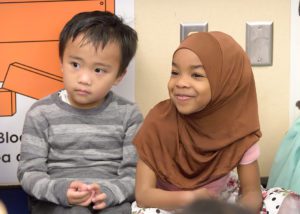 When Washington state five-year-olds arrive in kindergarten each year, they are beginning an educational journey on which some of them are already behind their classmates. Our state has a 30-point kindergarten readiness gap – only 31% of kindergarteners from low income families are fully school ready, compared to 60% of their non-low income peers (1).
When Washington state five-year-olds arrive in kindergarten each year, they are beginning an educational journey on which some of them are already behind their classmates. Our state has a 30-point kindergarten readiness gap – only 31% of kindergarteners from low income families are fully school ready, compared to 60% of their non-low income peers (1). 90% of human brain growth happens from birth to age six, but 98% of our state’s educational investments happen after kids reach age five.
90% of human brain growth happens from birth to age six, but 98% of our state’s educational investments happen after kids reach age five.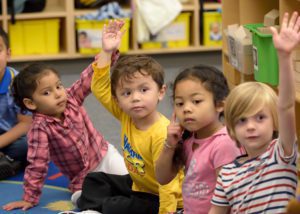 Districts receive both state and federal funding to provide educational services and supports to students with disabilities, with state funding providing the biggest portion of funding. There are several factors that determine how much special education funding a district receives, but the two factors that most impact the level of state funding for special education for school districts are:
Districts receive both state and federal funding to provide educational services and supports to students with disabilities, with state funding providing the biggest portion of funding. There are several factors that determine how much special education funding a district receives, but the two factors that most impact the level of state funding for special education for school districts are: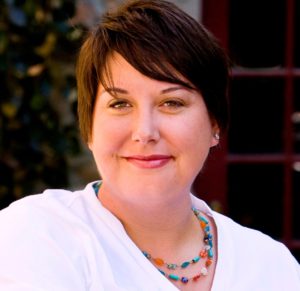 In our podcast, we interview policymakers, partners, and thought leaders to spotlight education policies, research, and practices so that together we can create a brighter future for every Washington student.
In our podcast, we interview policymakers, partners, and thought leaders to spotlight education policies, research, and practices so that together we can create a brighter future for every Washington student. With the passage of federal legislation in the 1970s, students with disabilities were guaranteed legal rights to access a public education that would accommodate their specific learning needs. Prior to guaranteeing the right to access education, it was common practice for students with disabilities to be actively excluded from public education settings. Federal legislation was intended to ensure that all students have the ability to access the public education system through the program of special education. (1)
With the passage of federal legislation in the 1970s, students with disabilities were guaranteed legal rights to access a public education that would accommodate their specific learning needs. Prior to guaranteeing the right to access education, it was common practice for students with disabilities to be actively excluded from public education settings. Federal legislation was intended to ensure that all students have the ability to access the public education system through the program of special education. (1)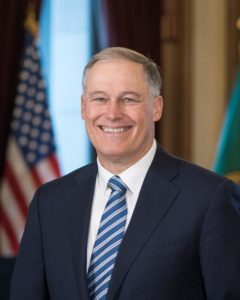
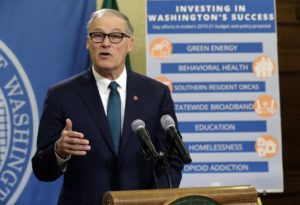 Governor Jay Inslee released his
Governor Jay Inslee released his 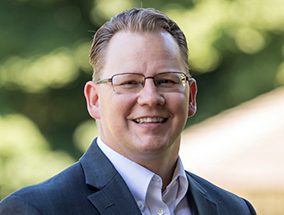 In our podcast, we interview policymakers, partners, and thought leaders to spotlight education policies, research, and practices so that together we can create a brighter future for every Washington student.
In our podcast, we interview policymakers, partners, and thought leaders to spotlight education policies, research, and practices so that together we can create a brighter future for every Washington student.